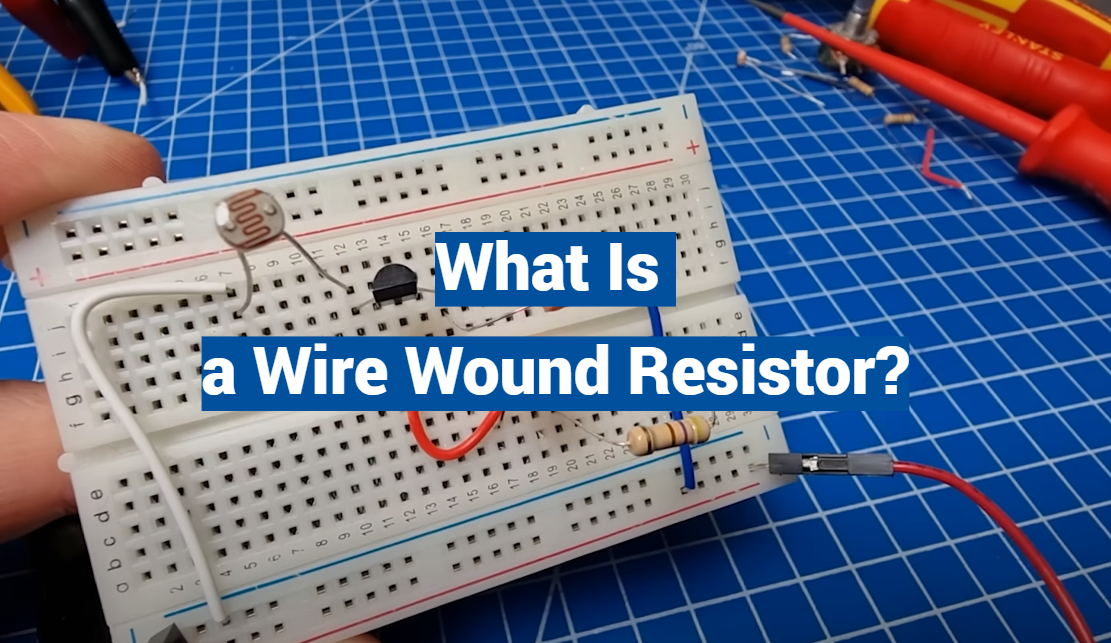Have you ever wondered how electronic devices can handle excessive currents without going up in smoke? Well, one of the unsung heroes behind this feat is the wire-wound resistor. A wire wound resistor is a powerful and versatile component that plays a crucial role in regulating the flow of electric current. But what exactly is a wire wound resistor and how does it work? This comprehensive guide will unravel the mysteries of wire wound resistors, explore their various applications, and shed light on why they are the go-to solution for managing current overload. So, fasten your seatbelts and get ready to embark on a fascinating journey into the world of wire wound resistors.
What are Wire Wound Resistors?
Wire wound resistors are most commonly used in high-precision, power applications involving electrical and electronic circuits. They use a thin wire which is coiled around an insulating material to create resistance. This helps reduce or limit the current flow when electricity passes through, creating stability and accuracy in the circuit design.
Another advantage of using a wire wound resistor is that it can handle more power than a standard resistor, making it ideal for applications requiring higher wattage. They are also highly accurate and stable, allowing them to be used in precise applications where variation is not desirable.
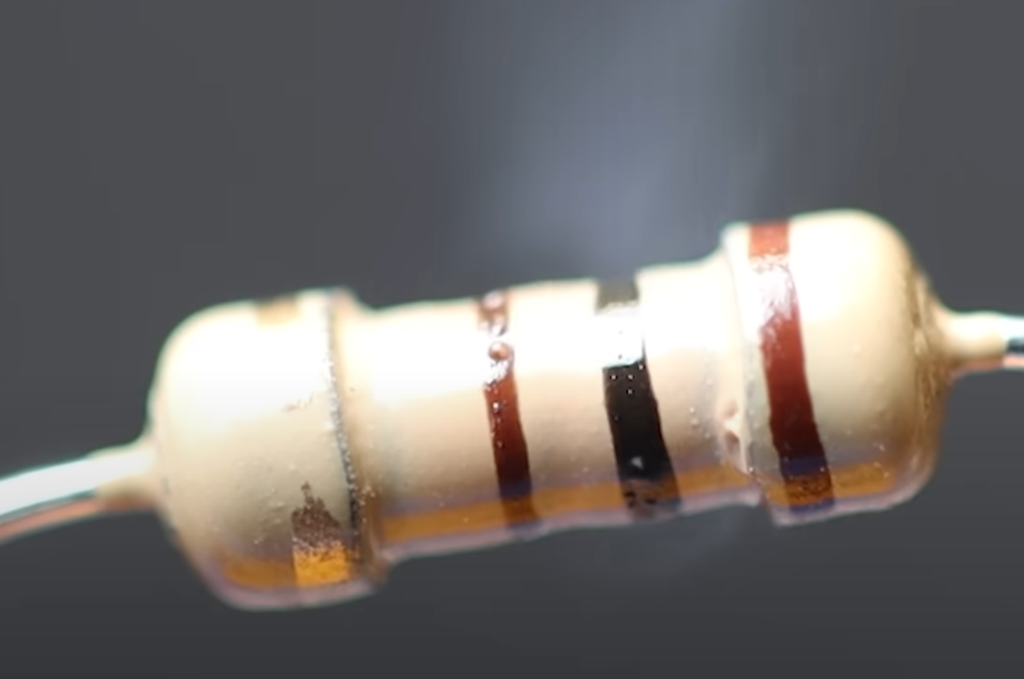
Wire wound resistors are an important part of many electrical and electronic circuits as they are reliable and accurate in high-power applications. They provide stability and precision for circuit designs that require accuracy or higher wattage. Their ability to be customized and available in a variety of shapes and sizes makes them an ideal choice for many applications. With the right wire wound resistor, you can trust that your circuit will perform at its best.
The quality of the components used in any electrical or electronic circuit is extremely important, so it’s important to choose parts from trusted manufacturers. Working with a reputable manufacturer will ensure that you get the highest quality wire wound resistors for your application. This way, you can trust that your circuit design will be as reliable and accurate as possible. With the right components, you’ll have peace of mind knowing that your circuit is safe and stable [1].
Facts you need to know about Wire Wound Resistors
Resistor Wire Materials
The wire used in a wire wound resistor is typically made from Nickel-Chrome or other alloy materials, carefully chosen for their specific electrical and thermal properties. These wires undergo a meticulous manufacturing process to ensure precise dimensions and uniformity, resulting in optimal performance. Additionally, to improve handling and safeguard against external factors, such as heat and moisture, the wires are coated with a non-conductive ceramic material, like alumina.
This protective layer not only enhances their durability but also provides insulation. Furthermore, to further enhance the resilience of the resistors, they are often encased in an epoxy coating, which shields them from mechanical stress and environmental elements, ensuring long-lasting reliability.
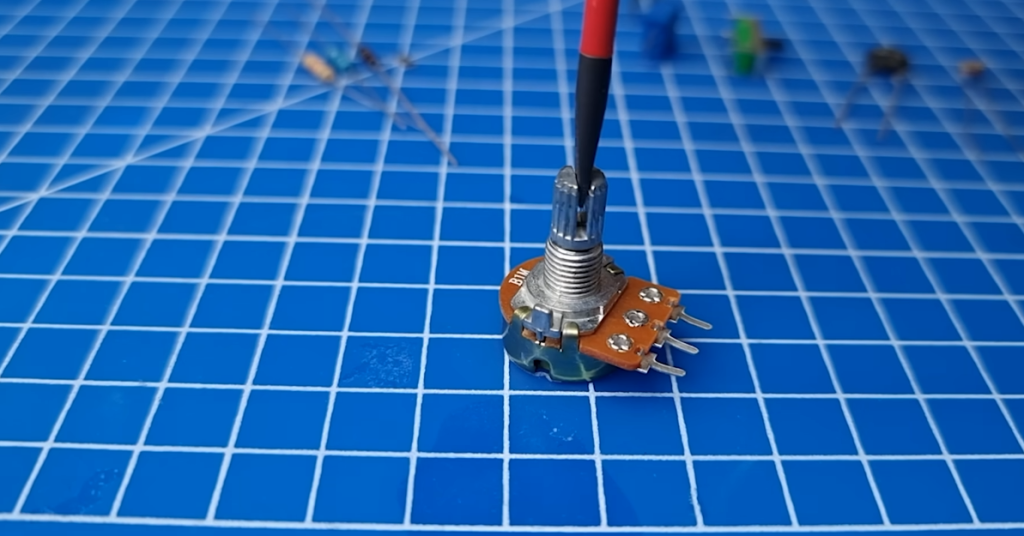
Resistor Tolerance
Wire wound resistors, commonly used in electronic circuits, are designed with a tolerance rating that signifies the accuracy of their resistance. This tolerance value, expressed as a percentage, is determined by subjecting the resistor to various temperature conditions during testing. In general, wire wound resistors are readily available with tolerances ranging from 1% to 10%. However, for those seeking even greater precision, higher-end models offer tighter tolerances.
With their meticulous construction, wire wound resistors find their niche in precision-sensitive applications that demand a high degree of accuracy. Whether it’s in scientific research, medical equipment, or advanced electronics, these resistors ensure reliable and consistent performance, making them the go-to choice for engineers and designers striving for utmost precision in their designs.
Temperature Coefficient of Resistance
The temperature coefficient of resistance (TCR) is used to measure how a resistor’s resistance changes concerning temperature. Wire wound resistors typically have TCRs ranging from 500 ppm/K to 1500 ppm/K, making them well-suited for applications in which precise temperature control is needed. Additionally, wire wound resistors can be designed to have a negative temperature coefficient, meaning that the resistance decreases with increasing temperatures. This feature makes them particularly suitable for safety-sensitive applications, such as in explosion-proof equipment, where precise resistance levels are necessary to ensure optimal performance.
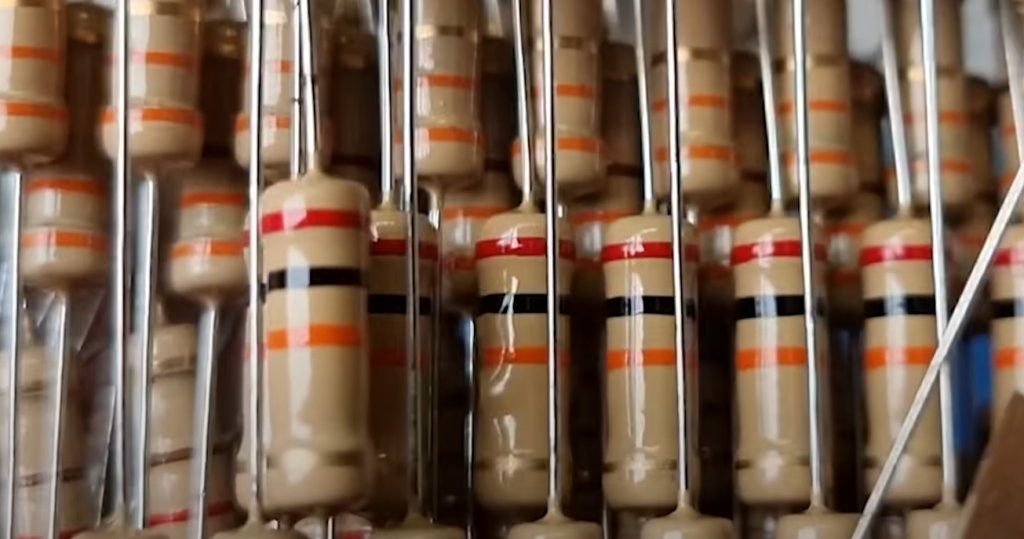
Structure of wire wound resistor
A wire-wound resistor, also known as a wire-wound resistor, is a type of resistor that is composed of a resistive element made up of wires. These wires, typically made of an alloy or copper, are carefully coiled around an insulating core. This coiling process is done precisely to ensure the desired resistance value is achieved.
To provide stability and support, a rod-like structure is used to mount the resistance element in place. This helps to maintain the integrity of the wire winding and prevent any unintended movement or damage.
In certain cases, an additional layer of insulation can be added between the winding and the core. This extra insulation serves as a protective barrier, guarding against temperature changes or potential impacts that may occur during operation.
By combining these components, a wire wound resistor can effectively regulate and control the flow of electric current in a circuit. Its unique construction offers durability, accuracy, and reliability, making it a popular choice in various electronic applications.
Types of wire wound resistors
Wire wound resistors, commonly used in electronic circuits, can be broadly classified into two types: precision and non-precision. Precision wire wound resistors are meticulously designed to have a very small tolerance, usually less than 1%. These resistors find their application in industries that demand the utmost accuracy, such as medical devices and aerospace technology.
On the other hand, non-precision wire wound resistors exhibit larger tolerances, typically up to 20%. These resistors are commonly employed in applications that prioritize cost-effectiveness over precise measurements, such as consumer electronics and general-purpose circuits. The distinction between these two types of wire wound resistors allows engineers to select the appropriate component based on the specific requirements of their circuit design, ensuring optimal performance and functionality.
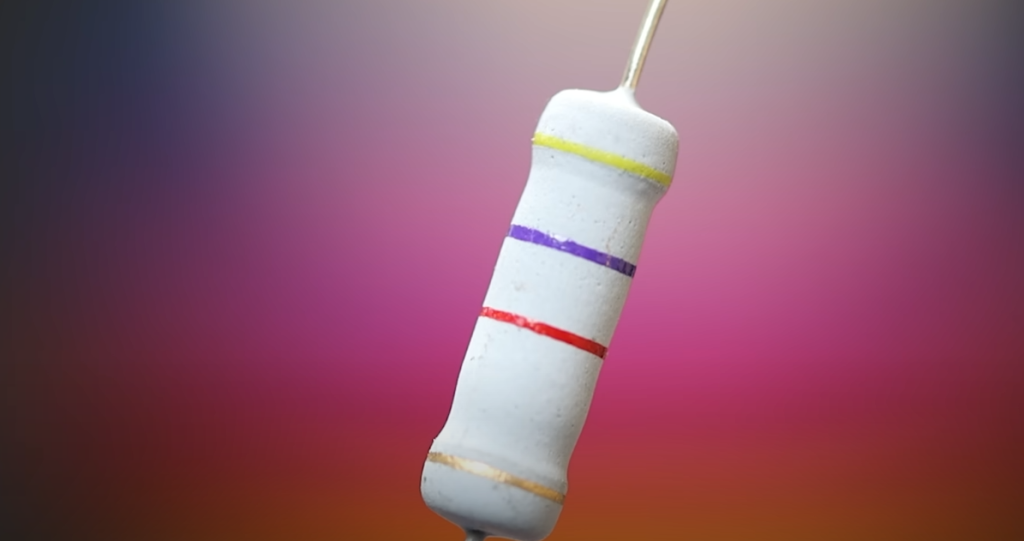
Production of wire wound resistor
Afterwards, the rod-like structure is used to mount and hold this winding in place. Lastly, the entire structure is placed in a protective casing to safeguard against potential damages or external impacts.
By undergoing such detailed procedures, wire wound resistors can be produced with high accuracy and dependability. They are especially popular due to their ability to effectively control the flow of electric current while providing superior protection from outside factors. This makes them an ideal choice for a variety of electronic applications.
Working principle of wire wound resistor
In general, a wire wound resistor utilizes the principle of electrical resistance to regulate and control the flow of current in an electric circuit. When voltage is applied to the resistor’s terminals, it produces a small amount of resistance in proportion to its winding length and diameter. This resistance impedes or restricts the flow of electrons through the circuit, resulting in lower current levels.
By adjusting the winding length and diameter of a wire wound resistor, engineers can easily fine-tune its resistance value to meet the specific requirements of their application. This process allows for precise control over current flow and allows users to maintain accurate readings within electrical circuits.
The role of wire wound resistors
Wire wound resistors have become an indispensable component in modern electronic circuits. Their unique construction provides precise control over the flow of electric current while simultaneously offering superior protection against outside influences.
They are commonly employed in a variety of applications, including computers, television sets, radio receivers, and other consumer electronics. Additionally, their accuracy and reliability make them suitable for more advanced industries, such as medical instruments and military equipment.
No matter the application, wire wound resistors are essential for providing accurate current readings while safeguarding electrical systems from potential damages or anomalies. Therefore, their presence is vital in ensuring optimal performance and reliability of electronic circuits.
Applications of wire wound resistor
Wire wound resistors have a wide range of applications in the electronics industry. Due to their accuracy and reliability, they are often employed in medical devices and aerospace technology where precision measurements are essential. Their ability to handle high voltages makes them well-suited for power distribution networks as well.
Additionally, wire wound resistors are also widely used in consumer electronics. Their dependability and affordability have made them a popular choice for computing devices, television sets, and radio receivers. In short, they are an irreplaceable component that is used in virtually all forms of electronic circuit design.

Overall, wire wound resistors offer numerous benefits to their users. Its unique construction and wide range of applications make it a preferred choice for various electronic devices. With their unmatched accuracy and dependability, wire wound resistors play an integral role in modern circuit design.
By understanding its working principle and features, engineers can easily select the most suitable type of wire wound resistor for their projects. This ensures optimal performance and reliability while reducing the risk of potential damages or anomalies. In a nutshell, the use of wire wound resistors is essential for achieving reliable and accurate electronic circuits.
Detection method and replacement of wire wound resistor
When it comes to detecting and replacing a wire wound resistor, there are two main methods: manual testing and thermal imaging. The manual method involves testing the resistance value of the resistor with an ohmmeter or multimeter. This process is relatively straightforward but time-consuming as it requires precise measurements for accurate results.
On the other hand, thermal imaging can be used to detect faulty or damaged wire wound resistors. This method is faster and easier than manual testing, as it only requires the use of a thermal camera to scan the circuit board for any anomalies. Once detected, the faulty resistor can then be replaced accordingly.
By using either one of these methods, engineers can easily diagnose issues with their wire wound resistors and replace them as needed. This helps to ensure the optimal performance and reliability of their electronic circuits.
Overall, wire wound resistors are an essential component for various electronic devices and systems. Their design enables them to efficiently control current flow while providing superior protection from external factors. As such, they are an irreplaceable element in modern circuit designs that must be handled with care and accuracy.
By following the necessary steps and understanding its basic principles, engineers can easily select and maintain the best wire wound resistor for their application. This ensures reliable and accurate results while reducing the risk of potential damages or anomalies [2].
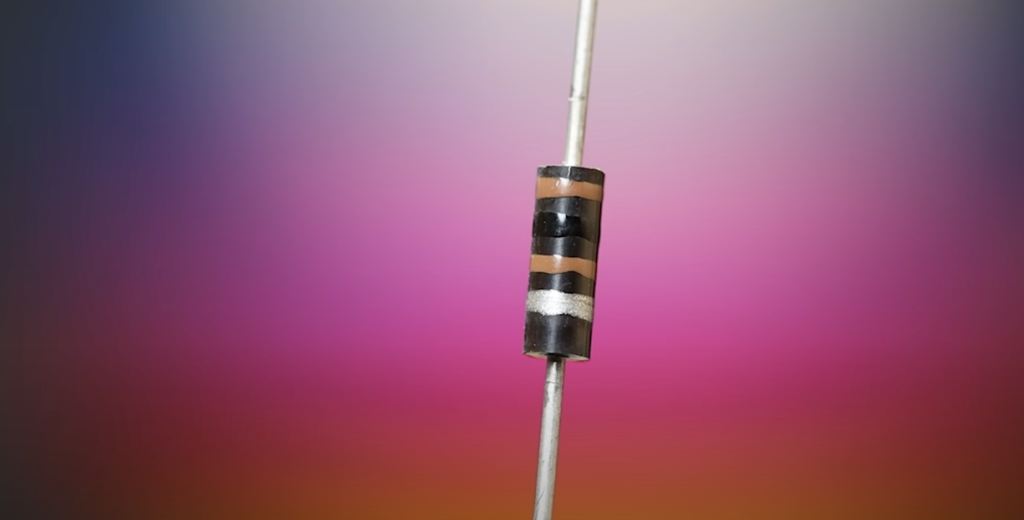
Advantages and disadvantages of wire wound resistors
The main advantage of wire wound resistors is their high power rating; they can typically handle up to 10-20 times the power rating of other types of resistors. Additionally, their large size allows them to dissipate heat much more effectively than other types of resistors. This makes them ideal for applications that require a lot of power, such as power supplies or high-current motor drives.
However, wire wound resistors also have some disadvantages. They are very expensive and difficult to produce accurately; this makes them less suitable for most consumer electronics applications. Additionally, due to their large size, they are not suitable for use in high-density circuits. Finally, the wire windings must be wound very accurately to achieve a stable resistance value; this can be time-consuming and error-prone.
For these reasons, wire wound resistors are typically used only in industrial and commercial applications where cost is not a major consideration and very high power ratings are needed. In consumer electronics applications, they are usually replaced by other types of resistors such as carbon composition, thick film, or metal-oxide-film resistors.
Overall, wire wound resistors offer excellent performance for industrial and commercial applications where cost is not a major consideration and very high power ratings are needed. However, for most consumer electronics applications, other types of resistors are generally a better choice [3].
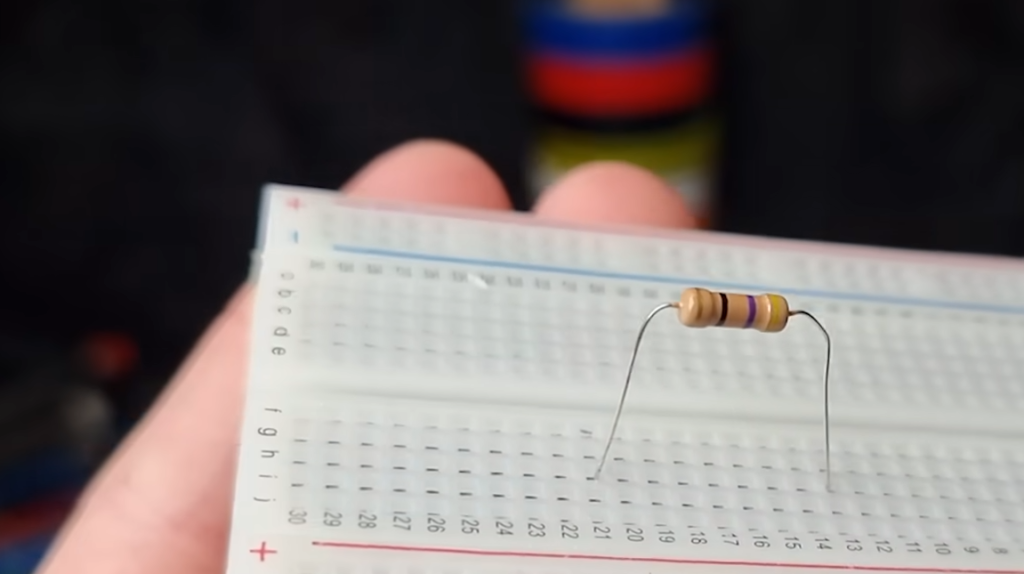
FAQ
How do you know if a resistor is a wire wound?
Wire wound resistors are often characterized by their cylindrical shape and have a non-uniform surface that appears to be made up of multiple layers, with the winding material visible. The resistance value of a wire wound resistor can also be determined by measuring its inductance using an LCR meter. Additionally, if there is no other marking on the resistor, then it is likely to be a wire-wound resistor. However, it is important to note that although many wire wound resistors are marked with their resistance value, this does not guarantee their accuracy. Therefore, it is best to measure the resistance of the resistor using an ohmmeter before relying on these markings.
What type of power supply do I need for my circuit?
The type of power supply you need for your circuit depends on the type of components that are being used in the circuit and how much current is required. Generally, there are two types of power supplies: linear and switching. Linear power supplies provide a smooth, continuous output voltage but require large transformers which can be expensive. Switching power supplies provides higher efficiency, as they use much smaller components, but can also have a high level of electrical noise. Additionally, many circuits require multiple power supplies in order to power different parts of the circuit. Therefore, it is important to determine the type and amount of voltage and current your circuit will need before selecting a suitable power supply.
What wire is used in a wire wound resistor?
The wire used in a wire wound resistor is typically made of metal, such as nichrome or copper. The choice of wire depends on the amount of current that will flow through it and the desired resistance value. Nichrome wires are generally thicker than copper wires and can handle higher currents, so are often used in high-power applications. Notably, some resistors may use multiple types of wire, such as copper-nickel alloy or a combination of both nichrome and copper. Therefore, it is important to consider the specific application when selecting an appropriate wire for a wire wound resistor.
What are the advantages of using an LCR meter?
Using an LCR meter is advantageous because it can be used to accurately measure impedance, inductance and capacitance values. This helps to identify the characteristics of a circuit or component, allowing for more accurate troubleshooting and diagnosis. Additionally, an LCR meter can also be used to measure resistance values with increased accuracy compared to other methods such as using an ohmmeter. As such, it is a valuable tool for anyone working in electronics design or repair.
What are wire-wound resistors made of?
Wire-wound resistors are typically made of a combination of materials, including insulation material, core material and winding material. The core material is usually an alloy such as nickel chrome or manganese copper, which helps to increase the heat tolerance and voltage rating of the resistor. The winding material can vary depending on the specific application; for example, if more power is required, then thicker wire may be used. Finally, the insulation material helps to protect the winding from shorting out and also improves the heat dissipation of the resistor.
Does resistance value affect power rating?
Yes, the resistance value does affect the power rating of a circuit. It directly influences the amount of current flowing through the circuit. When a lower resistance is present, more current flows, resulting in an increased power rating for the circuit. Therefore, when selecting a resistor for a specific application, it is crucial to consider not only the resistance value but also the power rating. By carefully evaluating both these factors, one can ensure the correct functioning and longevity of the circuit while avoiding any potential issues that may arise due to inadequate resistance or power handling capabilities.
What are the advantages of using a variable resistor?
Variable resistors, sometimes referred to as potentiometers or rheostats, offer many advantages over fixed resistors. The most notable benefit is that they can be adjusted to change resistance values manually, allowing for precise control and fine-tuning of circuits. Another advantage is that they have low power dissipation compared to other types of resistors, making them suitable for use in low-power applications. Additionally, variable resistors can be used to create voltage dividers and control current flow, allowing for further circuit customization. As such, they are an essential component for many electronics projects.
What is the difference between linear and switching power supplies?
Linear power supplies are characterized by their continuous output voltage, which is generally low ripple and noise. However, they require large transformers to reduce the AC voltage from the mains, making them more expensive than other types of power supplies. In contrast, switching power supplies use smaller components and can offer higher efficiency due to their ability to quickly switch on and off. Although they generate more electrical noise than linear power supplies, they are much more cost-effective and often the preferred choice for many electronics applications.
Why should I measure the resistance of my resistor before relying on its markings?
It is important to measure the resistance of a resistor before relying on its markings, as these may not always be accurate. This is particularly true for wire wound resistors, which are used in many applications due to their high power ratings and precision. To ensure your circuit works correctly and does not suffer from any unexpected issues, it is important to test the resistance of the resistor before connecting it. This can be done using an LCR meter or multimeter and can help you avoid potential problems in your circuit.
What are the 4 types of resistors?
Resistors come in four main types: fixed resistors, adjustable resistors, variable resistors, and wire-wound resistors. Fixed resistors have a specific resistance that does not change. Adjustable resistors allow the user to adjust the resistance within specified limits, while variable resistors permit a wide range of resistance values. Finally, wire-wound resistors are high-power resistors that use a coil of wire to create resistance. They are often used in applications where a large amount of current is required.
What is the function of an ohmmeter?
An ohmmeter is an electrical device designed to measure resistance values. It works by applying a small voltage between two points and then measuring the current flowing through the circuit. From this measurement, the resistance of the circuit can be determined. An ohmmeter is an invaluable tool for troubleshooting and diagnosing electrical circuits as it allows technicians to quickly identify problems such as shorts or faulty components. It is also useful in selecting resistors for specific applications, as it can measure resistance values with a high degree of accuracy.
Conclusion Paragraph
So, a wire wound resistor is a passive component with a wide range of uses. It has an excellent power rating and provides superior thermal stability, allowing it to be used in many applications that require high-power resistive loads. Its low inductance makes it suitable for high-frequency applications too. Additionally, the size and shape of the resistor can be customized according to specific needs. This makes wire wound resistors ideal for many commercial and industrial applications. Finally, the construction of a wire wound resistor is simple enough that it can be manufactured in-house with relative ease. This makes it a great option for hobbyists and DIYers who want to build their circuits.
Useful Video: How Resistor Work – Unravel the Mysteries of How Resistors Work!
References:
- https://eepower.com/resistor-guide/resistor-materials/wirewound-resistor/
- https://www.utmel.com/blog/categories/resistor/what-are-wire-wound-resistors
- https://www.contactcenterworld.com/blog.aspx

